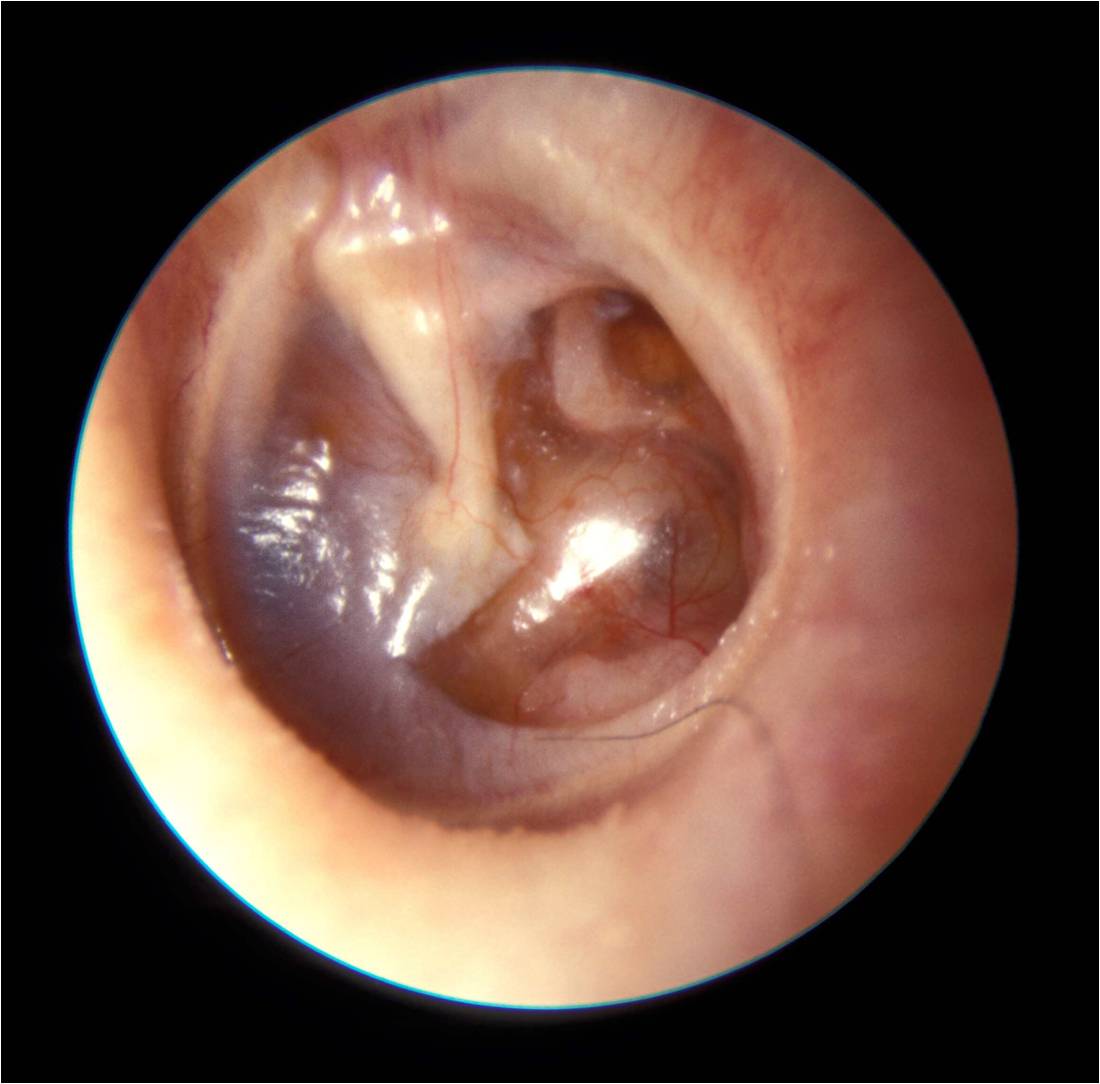

The infectious agent can be either viral or bacterial, with research suggesting that viruses are responsible for most cases. Children are most commonly affected by acute otitis media because it is caused by colds and blocked Eustachian tubes – both typical ailments of childhood. Otitis media is an infection of the middle ear, which can be either acute or chronic.
FLUID BEHIND EARDRUM IN ADULTS PROFESSIONAL
professional cleaning of the ear canal, although syringing the ear should usually be avoided.The infectious agent can be either fungal or bacterial. It can be triggered by exposure to dirty water or by mechanical damage due to overzealous cleaning. Otitis externa is an infection or inflammation of the ear canal between the eardrum and the outer ear. In some cases, CT scans may also be taken.


The walls of the Eustachian tube lie flat against each other to prevent the migration of bacteria or other germs into the ear from the nose and throat. This tube equalises air pressure inside the ear, and funnels secretions from the middle ear into the throat. The ear is connected to the back of the nose via the Eustachian tube. noises in the ear – such as buzzing or humming.blisters on the outer ear or along the ear canal.mild deafness or the sensation that sound is muffled.The symptoms of an ear infection depend on the type, but may include: It is estimated that around four out of five children will experience a middle ear infection at least once. Children are particularly prone to middle ear infections (otitis media). The inner ear is where sounds are translated to electrical impulses and sent to the brain.Īny of these three parts can become infected by bacteria, fungi or viruses. The middle ear is separated from the outer ear by the eardrum and contains tiny bones that amplify sound. The outer ear includes the part you can see and the canal that leads to the eardrum.


 0 kommentar(er)
0 kommentar(er)
